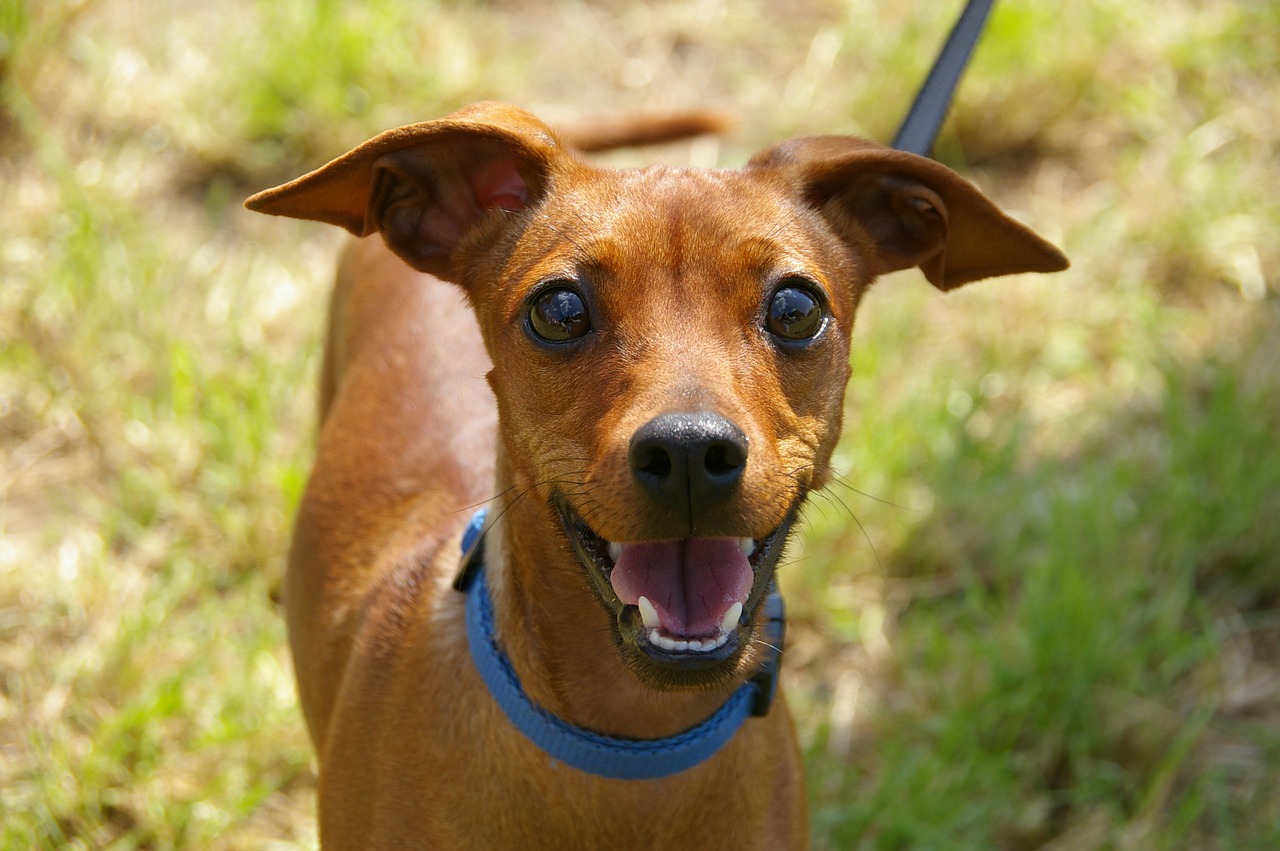Did you know? The subtle nonverbal exchange of blinking back at someone who blinks at you helps humans and primates bond. Now according to a new study, dogs may also use blinking as a form of connecting to other canines.
In their study entitled “If you blink at me, I’ll blink back. Domestic dogs’ feedback to conspecific visual cues“, researchers out of the University of Parme, “investigated the behavioral and physiological responses of 54 domestic dogs to videos of conspecifics performing blink”.
Research has already shown domestic dogs tend to blink more around other dogs. They also appear to blink to keep the peace with their canine companions—and humans as well—when tensions rise.
The Methodology
 Lead researcher Canori and her colleagues created a variety of 12-second videos of a terrier, a cocker spaniel, or a border collie looking at the camera. In some clips, the dogs were blinking, and in others, they weren’t.
Lead researcher Canori and her colleagues created a variety of 12-second videos of a terrier, a cocker spaniel, or a border collie looking at the camera. In some clips, the dogs were blinking, and in others, they weren’t.
A third set of videos showed the dogs licking their noses, a well-known gesture that can signal eagerness or frustration in dogs.
The researchers then edited the videos and strung them together into 71-second clips. In clips with blinking and nose licking, these movements occurred every 4 seconds throughout the clip.
The team then showed the videos on a large screen and in random order to each of 54 adult pet dogs of various breeds who had never interacted with the dogs in the videos.
Researchers outfitted the canine viewers with heart monitors to assess their emotional reactions and also filmed them to spot blinking and other behaviors.
The Results
A few of the dogs got bored and fell asleep but the rest blinked about 16% more on average when watching the other dog blinking than during the two other kinds of scenes.
They found that when dogs witnessed other dogs blinking, they were more likely to blink. They compared these habits to the other behaviors such as nose licking and remaining still and attentive.
Interestingly, only the blinking caused the mimicry effect. Experts suggests that this nonverbal behavior is similar to when we see others yawn and then yawn ourselves.
The researchers suggests that blinking has been a means to express non-aggressive intentions towards members of their own species.
Reciprocal blinking in dogs might help to:
- Facilitate social bonds
- Cope with frustration
- Communicate non-aggressive intentions
Similar to yawning, researchers believe this behavior is related to emotion contagion; the phenomenon when someone’s emotions lead to or produce similar emotions to others.
Even if the blinking is purely reflexive, the results suggest dogs have evolved to use it in meaningful ways.
Researcher Francesconi notes the animals showed no signs of stress in their faces or heart rates while watching the videos.
“Blinking could be a way, for example, to signal, ‘I’m relaxed, and you can be, too.’”